As shown in, two large parallel vertical conducting plates separated by distance D are charge so that their potential are +V0 and −V0. A small conducting ball of mass m and radius r (whereR<<d) is hung midway between the plates. The thread of length L supporting the ball is a conducting wire connected to ground, so the potential of the ball is fixed at V=0. The ball hangs straight down in stable equilibrium when V0 is sufficiently small. Show that the equilibrium of the ball is unstable if V0 exceeds the critical value [ked2mg/(4RL)]1/2.
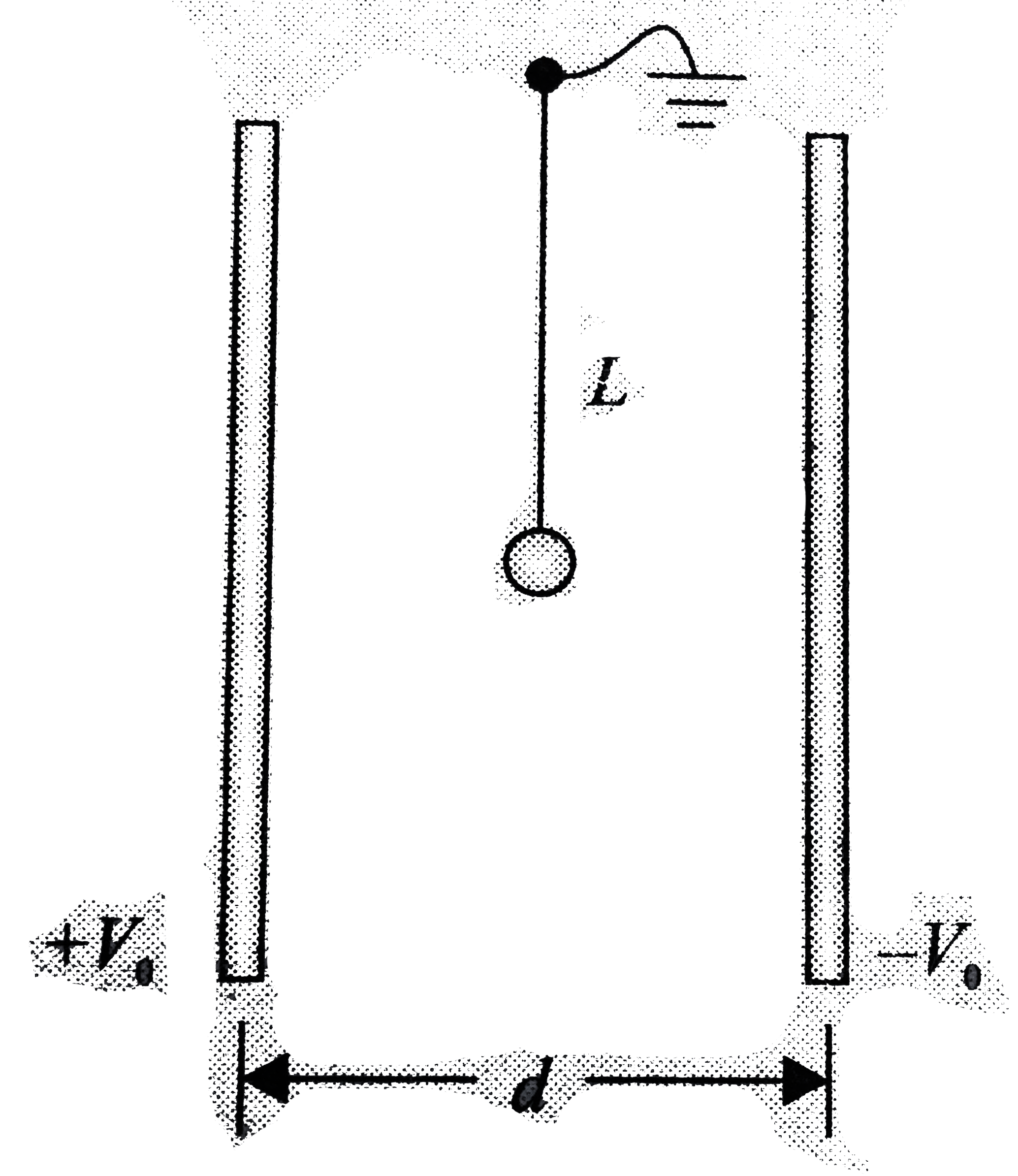
The plates create uniform electric field to the right in the picture, with magnitude [V0−(−V0)]/d=2V0/d. Assume the ball swings a small distance x to the right. It moves to a place where the voltage created by the plates is lower by
−Ex=−2V0dx
Its ground connection maintains it at V=0 by allowing charge q to flow from ground onto the ball, where −2V0xd+keqR=0
q=2V0xRked
Then the ball feels electric force
F=qE=4V20xRked2 to the right.
for equilibrium, this must be balanced by the horizontal component of string tension according to Tcosθ=mg
Tsinθ=4V20xRked2tanθ=4V20xRked2mg=xL for small x
Then V0=(ked2mg4RL)1/2
If V0 is less than this value, the only equilibrium position of the ball is hanging straight down. If V0 exceeds this value, the ball will saving over to one plate or the other.
Topper's Solved these Questions
- ELECTRIC POTENTIALBook:CENGAGE PHYSICSChapter:ELECTRIC POTENTIALExercise:Exercise 3.3
Explore 9 Videos
- ELECTRIC POTENTIALBook:CENGAGE PHYSICSChapter:ELECTRIC POTENTIALExercise:Subjective
Explore 28 Videos
- ELECTRIC POTENTIALBook:CENGAGE PHYSICSChapter:ELECTRIC POTENTIALExercise:Exercise 3.1
Explore 23 Videos
- ELECTRIC FLUX AND GAUSS LAWBook:CENGAGE PHYSICSChapter:ELECTRIC FLUX AND GAUSS LAWExercise:MCQ s
Explore 38 Videos
- ELECTRICAL MEASURING INSTRUMENTSBook:CENGAGE PHYSICSChapter:ELECTRICAL MEASURING INSTRUMENTSExercise:M.C.Q
Explore 2 Videos
Similar Questions
As shown in, two large parallel vertical conducting plates separated by distance D are charge so that their potential are +V0 and −V0. A small conducting ball of mass m and radius r (whereR<<d) is hung midway between the plates. The thread of length L supporting the ball is a conducting wire connected to ground, so the potential of the ball is fixed at V=0. The ball hangs straight down in stable equilibrium when V0 is sufficiently small. Show that the equilibrium of the ball is unstable if V0 exceeds the critical value [ked2mg/(4RL)]1/2.

View SolutionTwo large parallel conducting plates are separated by 40 mm. The potential difference between the plates is V. Potential difference between points X and Y as indicated in the figure will be
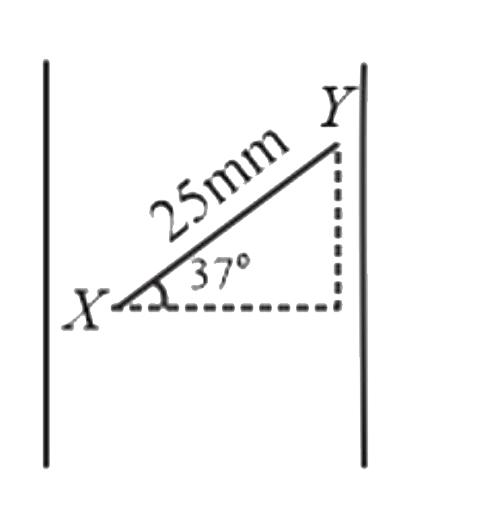
View Solution
Knowledge Check
Two parallel plates separated by distance d are kept at potential differenc V volt. A charge q of mass m enters in parallel plates with some velocity. The acceleration of the charge particle will be
AqVdmBdmqVCqmdVDdVqmA parallel plate condenser has conducting plates of radius 12 cm separated by a distance of 5mm. It is charged with a constant charging current of 0.16 A, the rate at which the potential difference between the plate change is
A1×109Vs−1B2×1010Vs−1C3×1012Vs−1D2×109Vs−1Two parallel plates separated by distance d are kept at potential difference V volt. A charge q of mass m enters in parallel plates with some velocity. The acceleration of the charge particle will be
AqVdmBdmqVCqmdVDdVqm
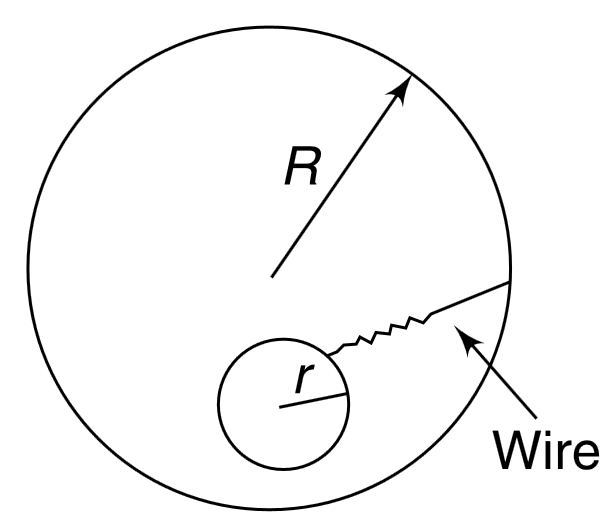
A conducting ball of radius r is charged to a potential V0. It is enveloped by a thin walled conducting sphere of radius R (gt r) and the two spheres are connected by a conducting wire. Find the potential of the outer sphere.
View SolutionWhat is the excess charge on a conducting sphere of radius r = 0.35 m if the potential of the sphere is 1500 V and V = 0 at infinity ?
View Solution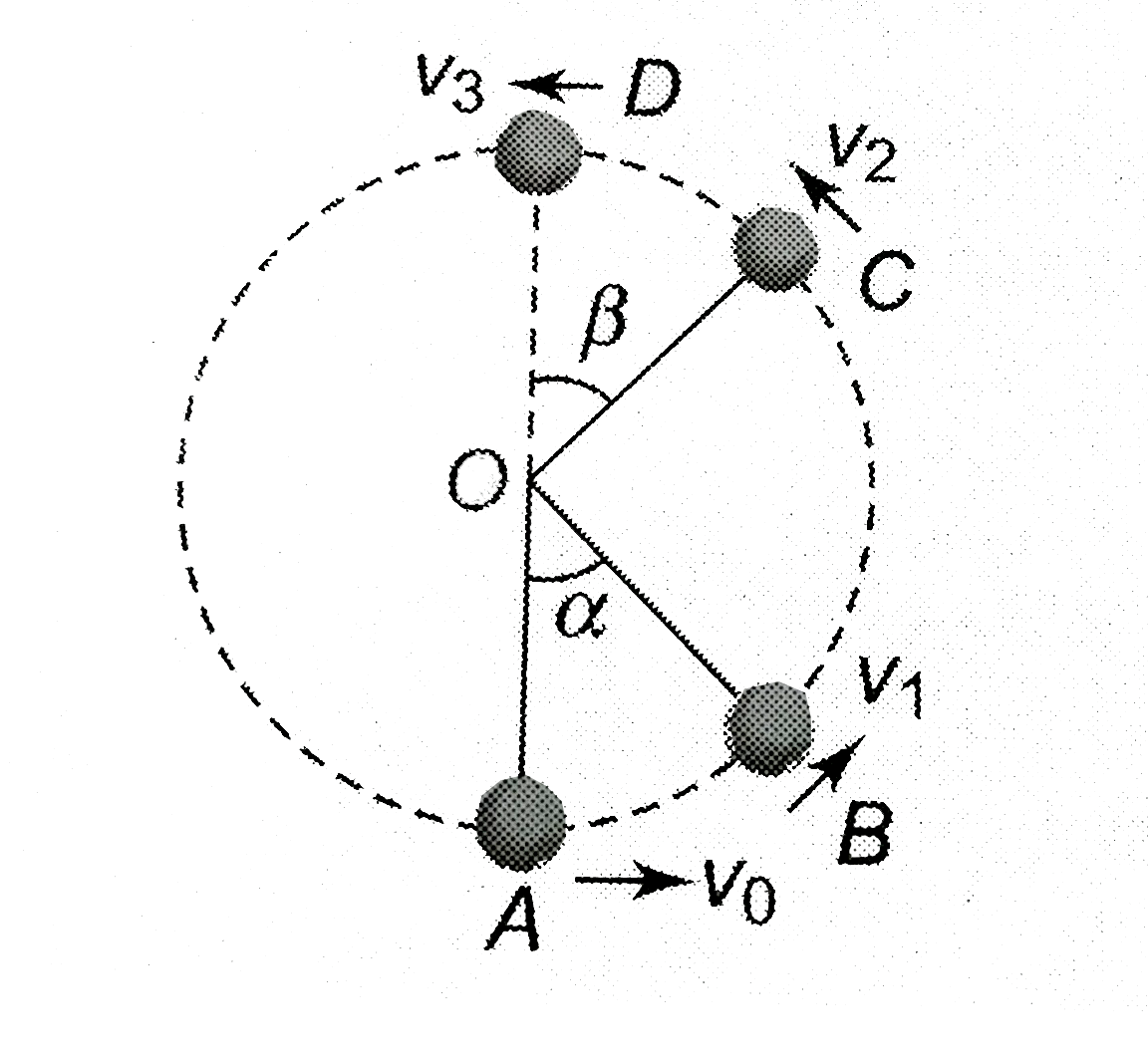
A ball is attached to a string of length L and the ball is given velocity v0 at its lowest point. Find the speed of the ball at point B,C and D. Assume that the ball is moving in vertical circle.
View SolutionA table tennis ball covered with a conducting paint is suspended by a silk thread so that it hangs between tow metal plates. One plate is earthed, when the other plate is connected to a high voltage generator, what will happen to the ball.
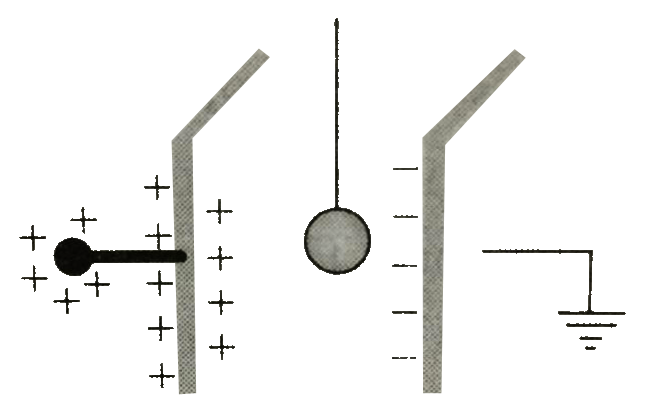
View SolutionConsider an isolated capacitor made of two parallel metallic plate separated by a distance d. the top plate has a surface change density of −σ. A slab of metal of thickness l<d is inserted between the plates. Not touching either plates. Upon insertion of the metal slab, the potential different between the plates
View Solution

